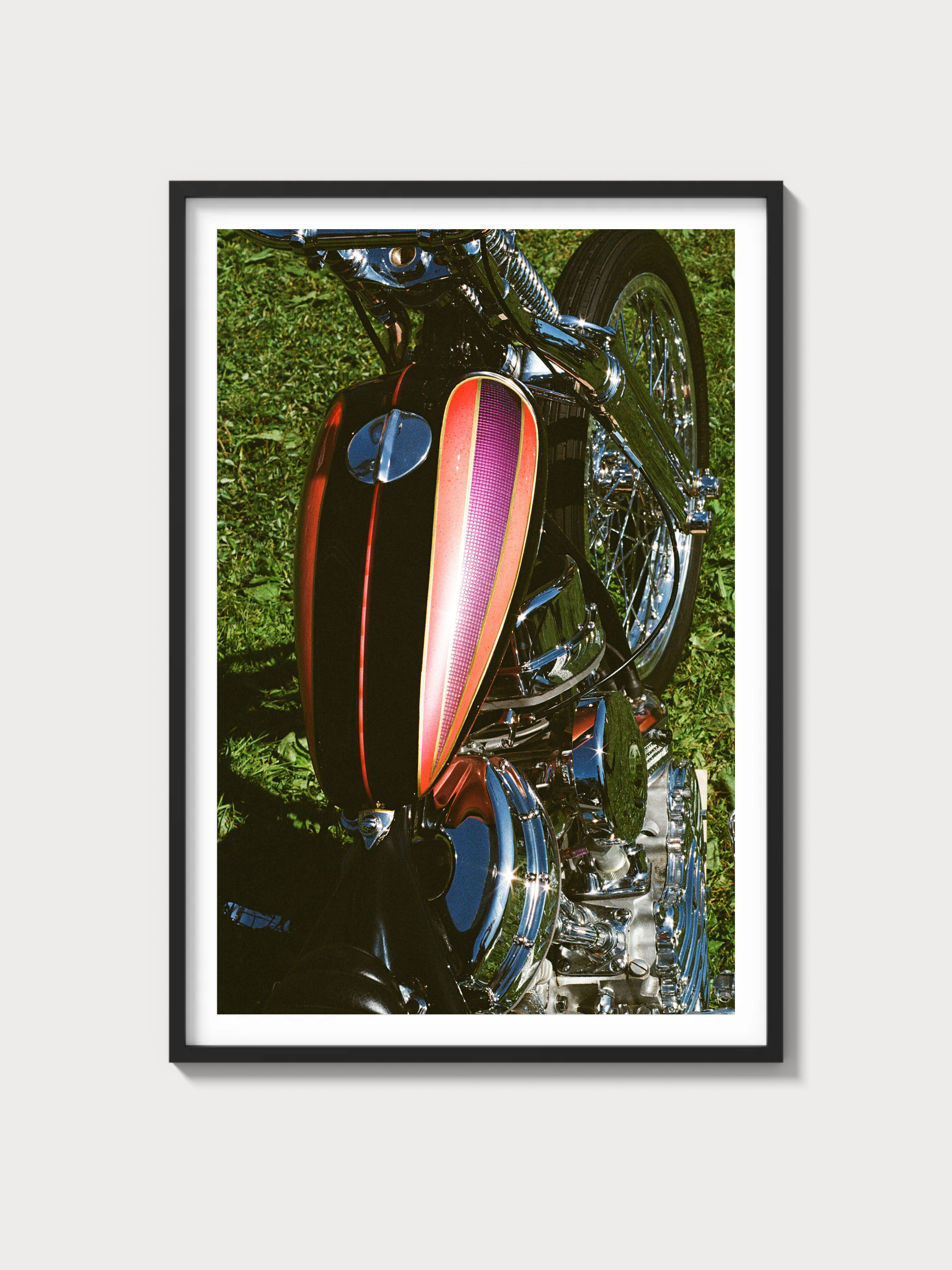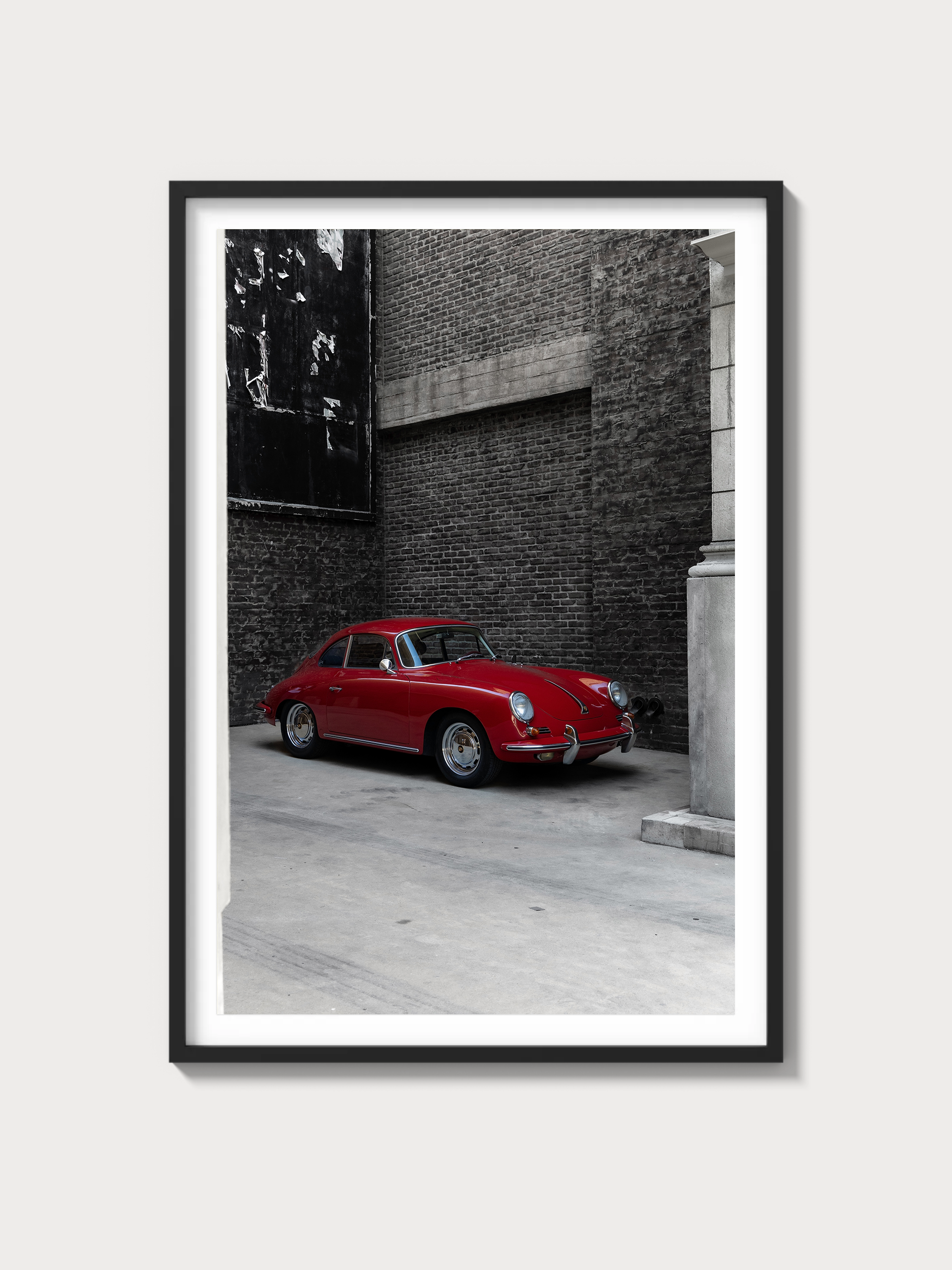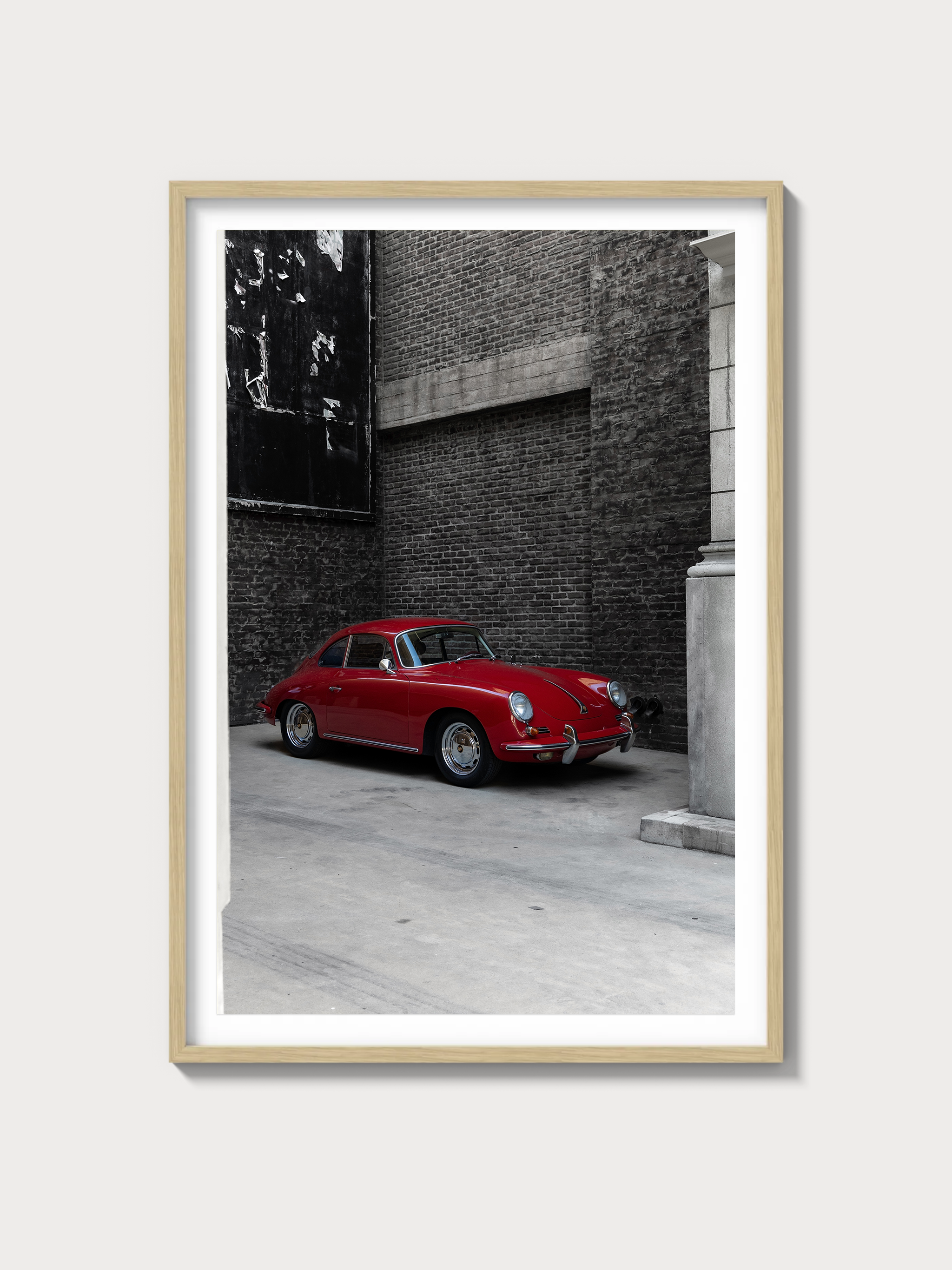1991 GMC Syclone (S-10 Platform): The Factory Hot-Rod Pickup
Enthusiasts sometimes reference it as a Chevrolet S-10 derivative, but the badge on the grille is GMC: Syclone. Built on the first-generation GM compact-truck architecture shared with the Chevrolet S-10 and GMC Sonoma, the 1991 GMC Syclone fused a turbocharged 4.3-liter V6 with an all-wheel-drive system to create a genuinely quick production pickup that embarrassed contemporary sports cars in instrumented testing.
Historical Context and Development Background
The Syclone emerged from a moment when GM’s truck division wanted a halo vehicle that would pull performance credibility into its showrooms. Using the proven GMT325 compact pickup platform (Chevrolet S-10/GMC Sonoma), GMC worked with internal skunkworks suppliers to adapt forced induction to the 90-degree 4.3-liter V6 and tie it to a robust driveline. The heart of the truck was its turbocharged LB4-based V6 with a water-to-air intercooler and a Mitsubishi-sourced TD06-17C turbocharger, delivering an official 280 hp and 350 lb-ft—figures that, combined with all-wheel drive, translated into huge real-world pace.
Design followed function: deeper front air dam and body cladding directed air and reduced lift, while the stance sat lower than a standard S-10/Sonoma. GMC positioned the Syclone above the period’s sport-truck crowd. With Ford’s SVT Lightning still years away and Dodge’s performance Dakota more show than go, the Syclone landed in a space of its own—and became a magazine-test legend after a head-to-head where it out-accelerated a Ferrari 348 in contemporary testing.
Engine and Technical Specifications
The 4.3-liter V6 traces lineage to GM’s small-block architecture, minus two cylinders. For Syclone duty it received strengthened internals, bespoke induction, and careful calibration to handle boost and sustained heat.
| Specification | Detail |
|---|---|
| Engine configuration | 90° V6, iron block/heads |
| Displacement | 4,293 cc (262 cu in) |
| Induction type | Turbocharged (Mitsubishi TD06-17C) with water-to-air intercooler |
| Horsepower | 280 hp @ 4,400 rpm (factory rating) |
| Torque | 350 lb-ft @ 3,600 rpm (factory rating) |
| Fuel system | Multi-port fuel injection |
| Compression ratio | 8.35:1 |
| Bore x Stroke | 4.00 in x 3.48 in |
| Redline | ~5,000 rpm |
| Drivetrain | Full-time AWD (BorgWarner 4472, viscous coupling) |
| Torque split | Approx. 35% front / 65% rear |
| Transmission | 4-speed automatic (4L60/700R4) |
| Final drive | 3.42:1 rear axle (limited-slip) |
Driving Experience and Handling Dynamics
What defines the Syclone from behind the wheel is the immediacy of its low-end shove. The turbo spools quickly enough that lag is brief, and the all-wheel-drive system converts boosted torque into clean, repeatable launches. Throttle response off boost is modest, then the truck lunges as the needle sweeps past the midrange. The 4L60 automatic was the right call for the era, keeping the turbo on song and protecting the driveline from shock loads.
Steering is via a recirculating-ball box typical of trucks of the time, but the chassis sits lower with a firmer calibration. Front torsion bars and an anti-roll bar work with a leaf-sprung solid rear axle; bespoke springs, shocks, and bushings deliver flatter cornering than the base S-10/Sonoma. Ride is taut, and the short wheelbase adds a touch of choppiness on rough surfaces, but body control is much improved over the work-truck baseline. Braking relies on front discs and rear drums; fade resistance is acceptable for a street truck, with the caveat that repeated high-speed stops benefit from upgraded pads and fluid. The overarching impression is traction and thrust first, finesse second—yet the Syclone's composure and traction make it startlingly effective on real roads.
Full Performance Specifications
The numbers that made headlines are still the Syclone’s calling card.
| Metric | Figure |
|---|---|
| 0–60 mph | Approx. 4.6 seconds (contemporary testing) |
| Quarter-mile | Approx. 13.4 sec @ ~98 mph (instrumented test) |
| Top speed | ~124 mph (limited) |
| Curb weight | ~3,599 lb |
| Layout | Front-engine, all-wheel drive |
| Brakes | Front ventilated discs, rear drums; ABS fitted |
| Front suspension | IFS with torsion bars, anti-roll bar, performance tuning |
| Rear suspension | Solid axle with leaf springs, performance tuning |
| Gearbox | 4L60 (700R4) 4-speed automatic with lockup converter |
Variant Breakdown and Production
Although it rides on the S-10/Sonoma platform, the Syclone program was tightly focused and low volume.
| Variant | Year(s) | Production | Key Differences |
|---|---|---|---|
| Syclone (standard) | 1991 | 2,995 units | All in black with body cladding, 16-inch alloys, AWD, turbo 4.3L, unique interior trim and instrumentation |
| Syclone (carryover builds) | 1992 | 3 units | Very low-volume continuation; mechanically similar |
| Marlboro Syclone (ASC build) | 1991 | 10 units | Promotional specials: bright red with graphics, targa-style roof conversion, unique wheels/interior; non-factory upfit but based on new Syclones |
Note on naming: while enthusiasts sometimes tag it as a “Chevrolet S-10 Syclone” given the common platform, production Syclones were sold by GMC.
Ownership Notes: Maintenance, Parts, and Restoration
- Engine and cooling: The water-to-air intercooler system relies on an electric pump and a front-mounted heat exchanger; pump performance and coolant flow are critical to avoid heat soak. Period-correct turbo plumbing and vacuum lines should be checked for brittleness and leaks.
- Driveline: The BorgWarner 4472 transfer case uses a viscous coupling; fluid condition and matched tires matter to driveline health. Mixed tire diameters can overstress the viscous unit.
- Transmission: The 4L60/700R4 benefits from frequent fluid and filter service, especially on tuned trucks. Factory calibration prioritizes smoothness; many survivors run upgraded servos and coolers.
- Brakes: Front-disc/rear-drum hardware is straightforward to service, but repeated high-energy stops can induce fade. Quality friction material and fresh fluid help.
- Chassis and body: Original cladding pieces and specific Syclone trim are harder to source than ordinary S-10/Sonoma parts. Inspect frame rails, cab mounts, and bed crossmembers for corrosion typical of the platform.
- Electrics and fuel: Ignition modules, distributors, and early-’90s GM engine harness connectors age; injector health and proper fuel pressure under boost are must-check items.
- Service intervals: Conservative oil changes, transfer-case and differential services at reasonable mileage intervals, and regular coolant renewal for the intercooler loop keep the package healthy. Premium fuel is required.
Cultural Relevance and Market Standing
The Syclone’s legend was cemented by magazine tests in which it posted supercar-level acceleration figures for the era. Its all-black, de-badged stance and ability to run with exotica gave it immediate cult status. It has been highlighted in enthusiast media and period television road tests, and it has appeared in multiple licensed racing video games, which further broadened awareness.
Collector demand focuses on originality—unmodified trucks with proper cladding and interior bits command a premium. Documented low-mileage examples have brought strong results at public auction. The ten Marlboro Syclones, as high-profile promotional builds with unique appearance and equipment, have achieved significantly higher prices than standard trucks when they cross the block.
FAQs
Is the Syclone a Chevrolet S-10 or a GMC?
It is a GMC product, sold as the GMC Syclone, though it is based on the first-generation GM compact truck platform shared with the Chevrolet S-10 and GMC Sonoma.
How many 1991 Syclones were built?
2,995 were produced for 1991, with an additional 3 units assembled for 1992.
What engine is in the 1991 Syclone?
A turbocharged 4.3-liter V6 (LB4-based) with a water-to-air intercooler, rated at 280 hp and 350 lb-ft.
Was a manual transmission available?
No. All Syclones were equipped with a 4-speed automatic (4L60/700R4) and full-time AWD.
How quick is it?
Contemporary instrumented tests recorded approximately 0–60 mph in 4.6 seconds and a quarter-mile in the mid-13s at roughly 98 mph.
Known issues?
Intercooler pump wear, aging vacuum/boost control lines, transfer-case viscous unit stress from mismatched tires, and the usual 4L60 maintenance sensitivities. Cladding and unique trim pieces can be difficult to replace.
Are all Syclones black?
Factory 1991 trucks were black. The ten Marlboro Syclones were promotional conversions finished in red with distinctive appearance changes.
What distinguishes the Syclone from the Sonoma GT or Typhoon?
The Sonoma GT (1992) used a naturally aspirated 4.3 and was rear-drive. The Typhoon (1992–1993) was an AWD SUV derivative with the turbo 4.3. The Syclone is the original low-bed, short-cab, AWD turbo pickup.

















































